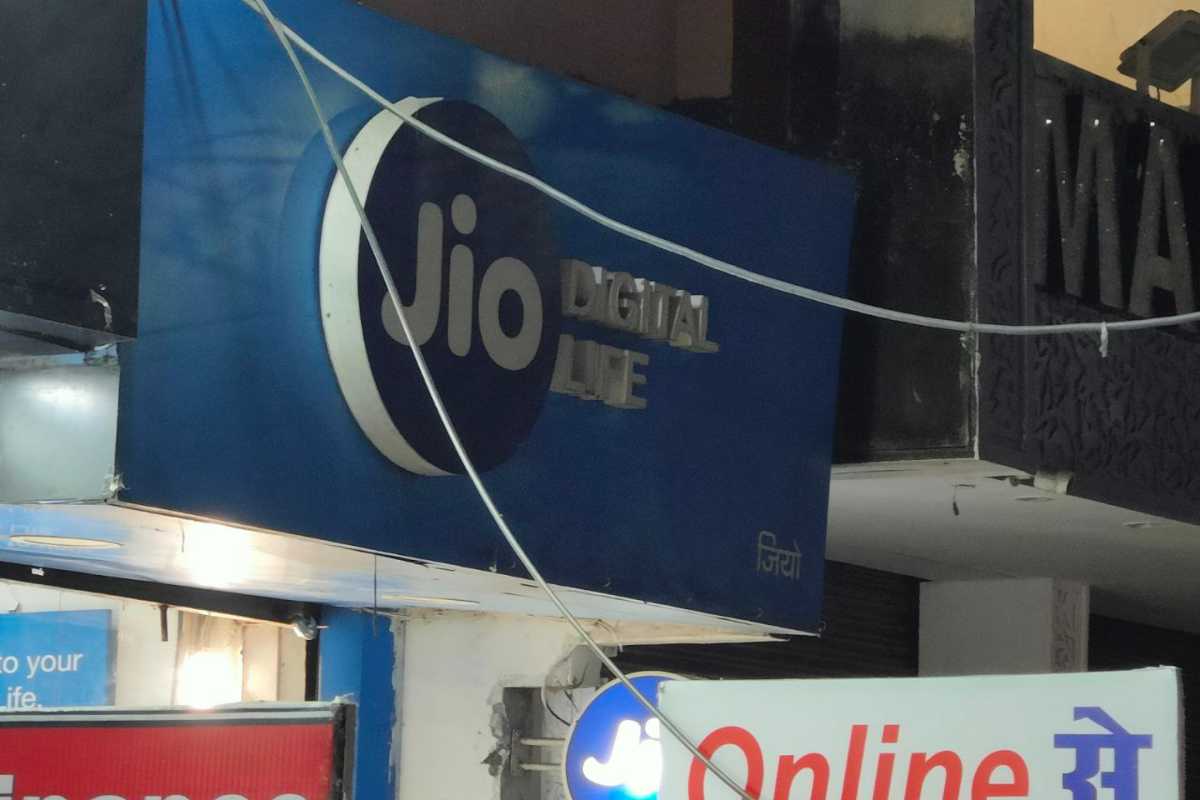
Reliance Jio, the largest telecom operator in India, recently brought new postpaid plans along with a new, very affordable broadband offering. Jio's new plans caused concern among investors about the possible effect it would have on the tariff hikes. The concern was the delay of the tariff hike as Jio lowered the price of family postpaid plans and broadband plans with add-on entertainment. But ICICI Securities, in its latest report, said that Jio's new plans are not going to delay the tariff hikes.
In fact, this is the first time Jio has increased the postpaid base tariffs from Rs 199 to Rs 299. The brokerage firm said that in the past, Reliance Jio's postpaid plans came at a 33-50% discount to Bharti Airtel's plans, but now the same has been reduced to 20-40%. This means that Jio has narrowed the pricing gap, which is a positive for the industry and the telco.
Read More - Bharti Airtel Active Subscriber Addition Steady Despite Tariff Hike: ICICI Report
Jio's move to introduce new attractive postpaid tariffs can attract postpaid users of Vodafone Idea (Vi), which hasn't been able to launch 5G yet. Airtel and Jio postpaid customers are enjoying unlimited data on 5G networks. Further, Jio's affordable broadband offering is meant to disrupt the pay-TV market, which has already been struggling for some time.
Jio's parent company, Reliance Industries Limited (RIL), through its subsidiary Network18 owns the digital rights of streaming the Indian Premier League (IPL) between CY23-27. By offering 5G and a free viewing experience of IPL on the JioCinema app, Reliance Industries is looking to disrupt the pay-TV market.
Tariff Hikes to Come After IPL 2023
ICICI Securities believes that the price hikes in the prepaid mobile services department is likely going to come after the completion of IPL 2023. Along with this, the brokerage firm said that it has assumed Airtel's business ARPU (average revenue per user) to register a CAGR of 8.4% over the next two years. The assumption from the brokerage firm includes natural ARPU growth of 4-5% that will come from the shift of users from 2G to 4G/5G.















